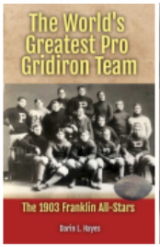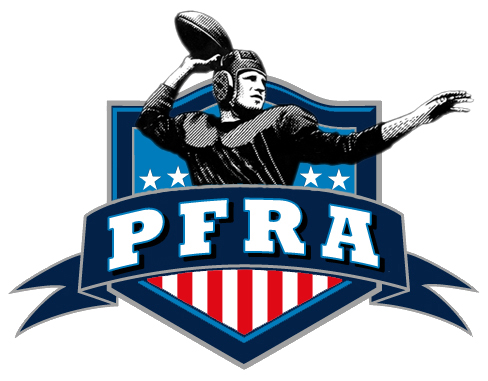The Missouri Tigers football program began play in 1890 and has competed in the Southeastern Conference (SEC) since 2012. The Tigers have an all-time record of 604-550-43, and have won five conference championships (1926, 1939, 1941, 1960, 1965).
The Tigers' most successful era came under head coach Don Faurot, who led the team from 1935 to 1956. During his tenure, Faurot led the Tigers to three conference championships and two bowl victories. Faurot is also credited with developing the Split-T offense, which became one of the most popular offenses in college football.
Other notable Missouri football coaches include Warren Powers (who led the Tigers to two conference championships in 1926 and 1939), Dan Devine (who led the Tigers to their first bowl victory in 1960), and Gary Pinkel (who led the Tigers to four conference championship appearances from 2007 to 2013).
The Tigers have had several notable players over the years, including:
- Kellen Winslow
- Sheldon Richardson
- Justin Smith
- Chase Daniel
- Brad Smith
- Russ Washington
- Mike Jones
- Kony Ealy
- Roger Wehrli
Check out the internet's top posts on the history of the Missouri Tigers football team by joining us in the celebration of college football history. See the best web posts that tell Mizzou's gridiron story below.









